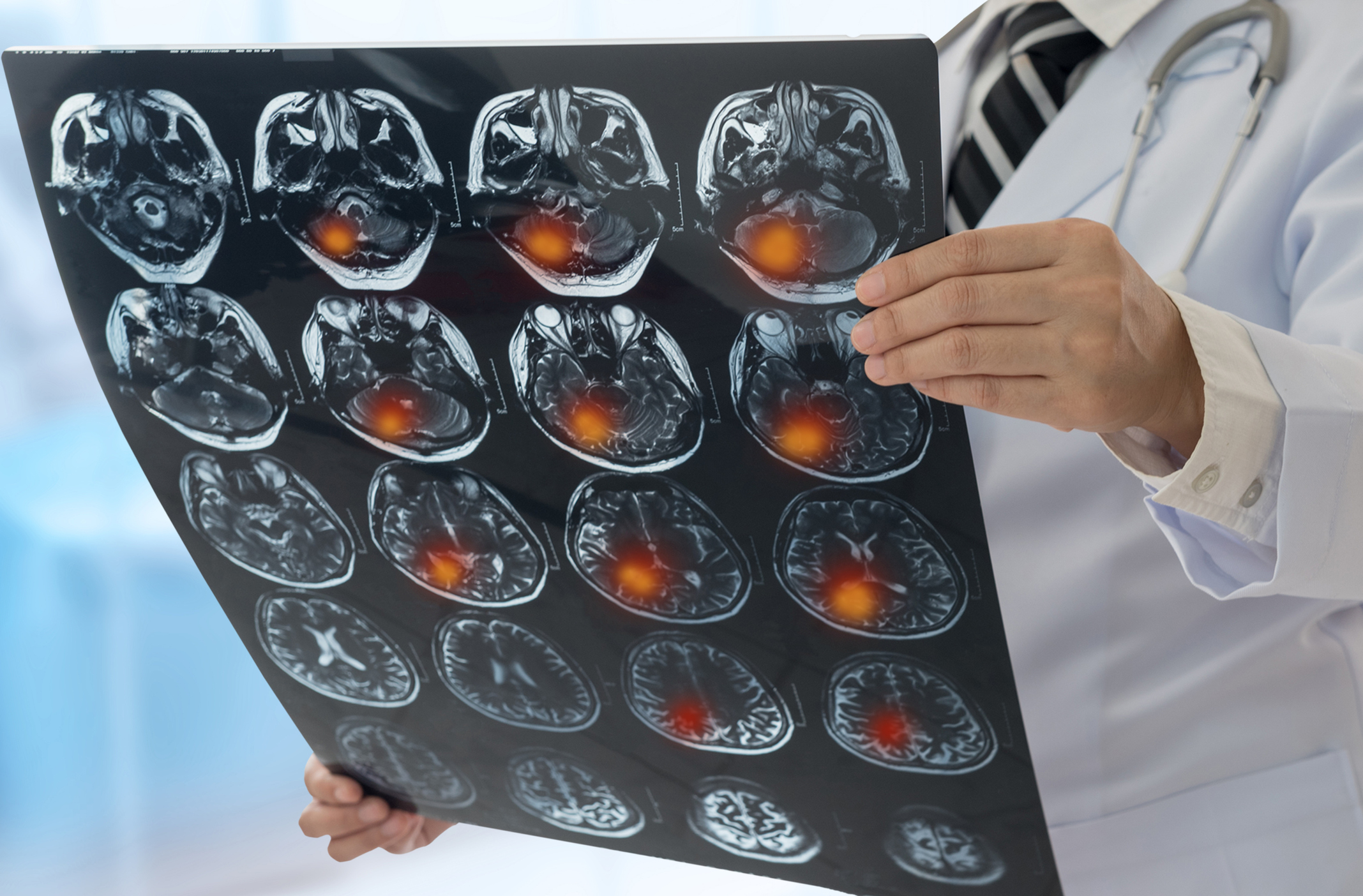Get Easy Health Digest™ in your inbox and don’t miss a thing when you subscribe today. Plus, get the free bonus report, Mother Nature’s Tips, Tricks and Remedies for Cholesterol, Blood Pressure & Blood Sugar as my way of saying welcome to the community!
COVID-19’s effect on the brain looks like stroke damage

It’s been a year since the SARS-CoV-2 virus reared its ugly head and began causing COVID-19 infections worldwide.
We’ve come a long way. Vaccines are rolling out, and there is light at the end of the tunnel, although it’s still a long tunnel.
But this virus is a formidable enemy, and we’re still in the process of learning the ins and outs of how it operates.
Sadly, a lot of information is coming to scientists by looking at those who have died of COVID-19.
Most recently, scientists are looking at how the virus affects our brains, and what they’re finding is surprising them.
SARS CoV-2 attacks the brain, but indirectly
Dr. Avindra Nath is clinical director at the National Institute of Neurological Disorders and Stroke (NINDS) at the National Institutes of Health.
Dr. Nath led a recent study that tried to find out more about the mechanisms by which the SARS-CoV-2 virus attacks the brain. He and his team examined brain tissue samples from 19 persons of various ages who had died after having COVID-19.
Although COVID-19 is primarily a respiratory disease, it frequently causes neurological symptoms, including cognitive dysfunction, fatigue and a loss of the senses of taste and smell.
But what they found was something quite unexpected…
“We were completely surprised. Originally, we expected to see damage that is caused by a lack of oxygen. Instead, we saw multifocal areas of damage that is usually associated with strokes and neuroinflammatory diseases,” said Dr. Nath.
Inflammation and brain bleeding, but no infection
The biggest surprise was that brain damage in these COVID-19 patients had not been caused by a direct viral attack on their brains, but rather by inflammation, brain bleeding and an autoimmune response triggered by the virus.
Using a high-powered MRI scanner, the researchers examined portions of the olfactory bulb (the brain area that processes smells) and the brainstem of each patient. These two areas are known to be particularly vulnerable to COVID-19 infection.
The scans revealed that both regions had an abundance of bright spots, called hyperintensities, that often indicate inflammation, and dark spots, called hypointensities, that represent bleeding.
Upon closer examination, the bright spots contained blood vessels that were thinner than normal and were leaking blood proteins into the brain. This appeared to trigger an immune reaction — the spots were surrounded by T cells.
In contrast to this, the dark spots contained both clotted and leaky blood vessels, but no evidence of an immune response.
The next step, says Dr. Nath, will be to study how COVID-19 harms the brain’s blood vessels, and whether this is responsible for some of the short-term and long-term symptoms of the infection.
What you can do now to keep your brain healthy
In the meantime, there are things you can do right now to protect your brain.
These steps may not protect you from a COVID-19 infection. But it certainly can’t hurt to do all you can to safeguard your brain health now, even in the case of a mild infection. We’ve heard of “long haul” survivors who deal with the effects of the virus for months as they recover. Their symptoms are mainly neurological and include dizziness, headaches and loss of smell among others.
So, it makes perfect sense to do anything to promote healthy arteries as well, since the researchers saw damage that mimicked the effects of stroke. And previous reports during the pandemic have made a connection with blood clotting issues.
For starters…
- If you’re not getting enough folate in your diet, supplement it. Folate is crucial to proper brain function and the health of the blood vessels that supply your brain. Beans have the most folate; asparagus, turnip greens and broccoli have the most among vegetables; and citrus fruits also have folate. Your body is very good at converting this folate into the form necessary to cross the blood-brain barrier.
- Exercise helps the brain and your arteries. It doesn’t take much to keep your brain happy — about two hours per week can improve your brain health. But if you can do more than that, like train for a marathon, you just might make your arteries age in reverse according to research in the Journal of the American College of Cardiology.
- Probiotics are big brain boosters you can add to your diet by eating yogurt (without added sugar).
- When it comes to supporting brain health, your arteries and dousing inflammation, omega-3 fatty acids come out on top. You can get your omega-3s in fish or krill (krill leads to higher levels of brain-loving DHA) oil supplements or in foods like salmon and walnuts.
- And don’t forget vitamin D. Many experts believe it may actually thwart the virus and it’s phenomenal at dousing inflammation.
Editor’s note: What do you really know about stroke? The truth is, only 10% of stroke survivors recover almost completely, and all doctors can offer is what to do after a stroke occurs. That’s unacceptable considering 80% of strokes are preventable! Click here to discover how to escape The Stroke Syndrome: 5 Signs it’s Stalking You — Plus the Hidden Causes and Preventive Measures You’ve Never Heard About!
NIH study uncovers blood vessel damage & inflammation in COVID-19 patients’ brains but no infection — Eureka Alert












